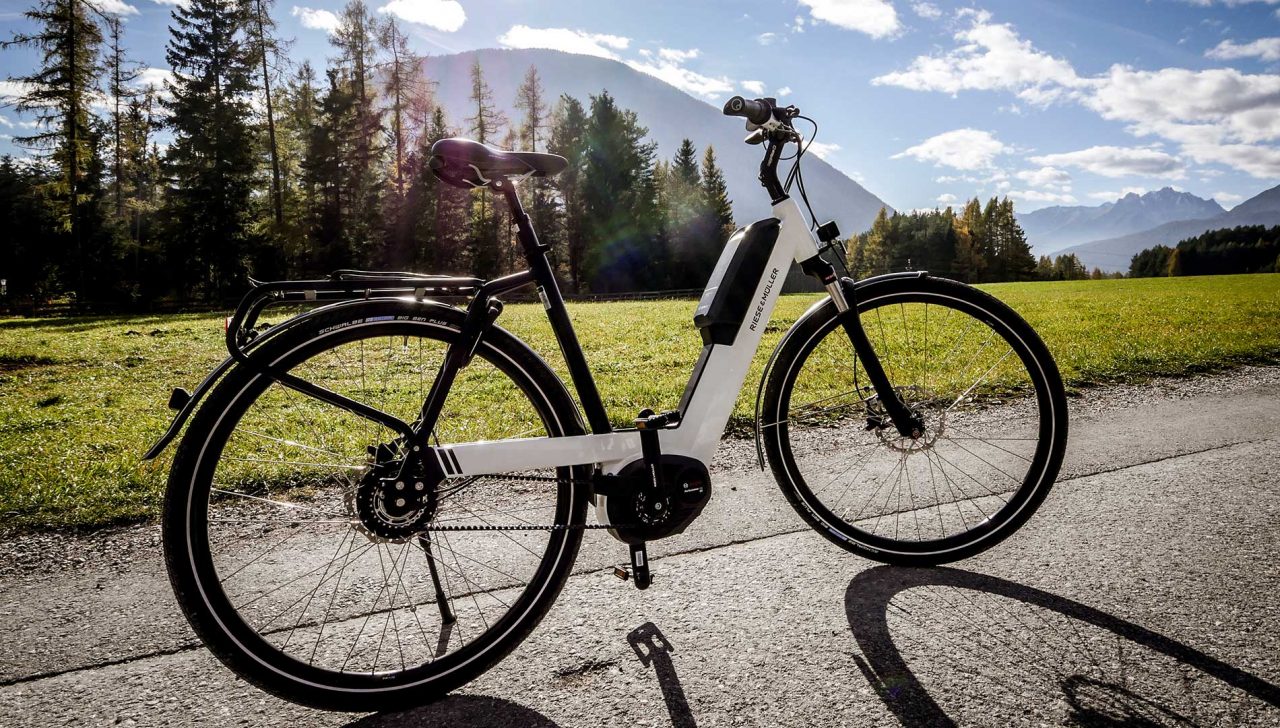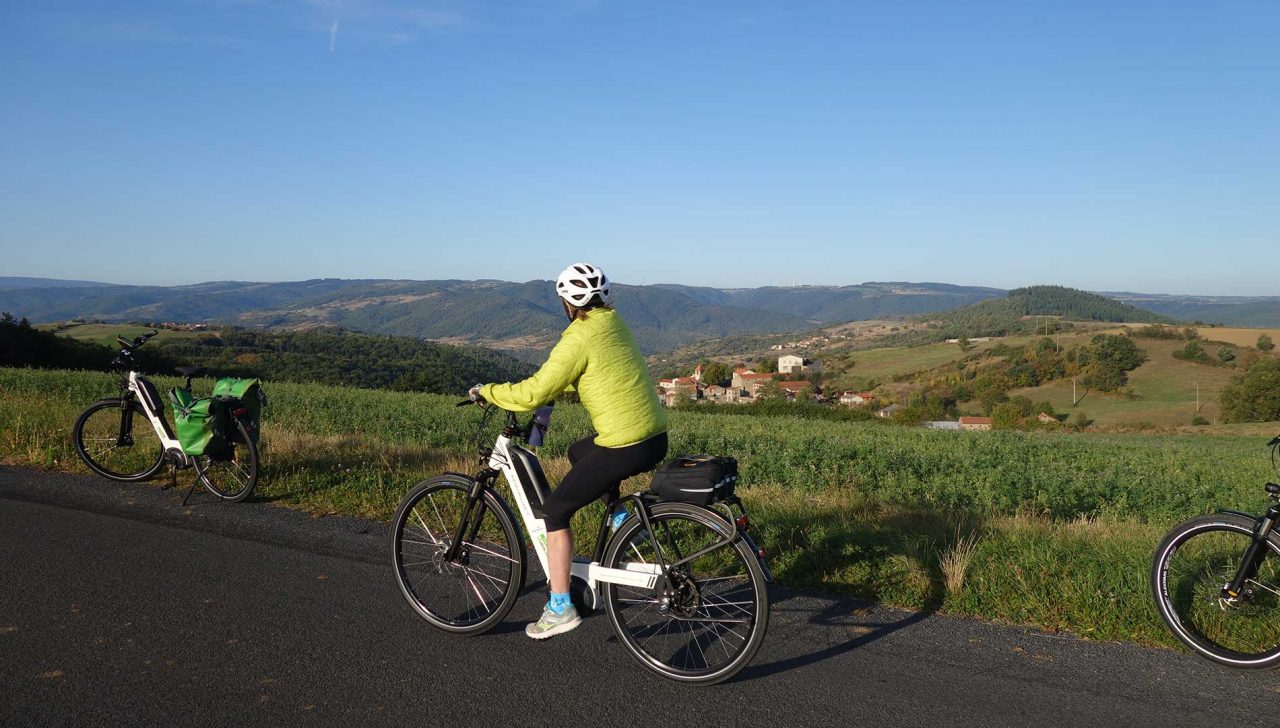Time to get on your E-Bike? Here are some simple tips to make the experience easy.

- Height. Make sure the bike is set to your height. The general rule of thumb is: you should be able to reach the ground with your toes when seated on the bike. Personally I like to feel I can put both feet on the ground when I come to a stop – usually after I have lifted myself off the seat.
- Power. The ‘on’ switch is usually on the centre control panel, and this is also where you can check how many hours you have in the battery power.
- Settings. Know how to change the power setting (usually on the left) and how to shift gears (usually on the right). The power setting (low/eco, medium, high/turbo) is the amount of ‘assist’ you will get as you turn the pedals. The gears determine how much effort you have to put into each push of the pedals. When I am into the swing of biking I normally find a setting which is comfortable for me (something like High/7). This setting allows me to move along without being out of control and finding it too much effort. When going up a hill it is usually more like High/2.
- Brakes. It is good to know how strong and effective the brakes are so you feel in control and know how much force is required to stop the bike.
- Bell. Yes, it’s great to have a bell so you can warn pedestrians that you are coming up behind them and also to let other cyclists know you are there and about to whiz past.
- Practise. Ride your bike somewhere safe and away from cars and people; this will give you confidence to be safe on the road and cycle trail.

That’s it; you are all good to go. The following are optional extras which help make the experience move from good to great.
Bicycle shorts. The padded pants will have your bottom saying ‘Thank You’.
High-viz Top. For your safety and security a bright colour will ensure motorists see you and give you the respect and distance you need.
Comfortable saddle. There are lots of options available and a gel seat or a gender designed one does make a difference.









Recent Comments